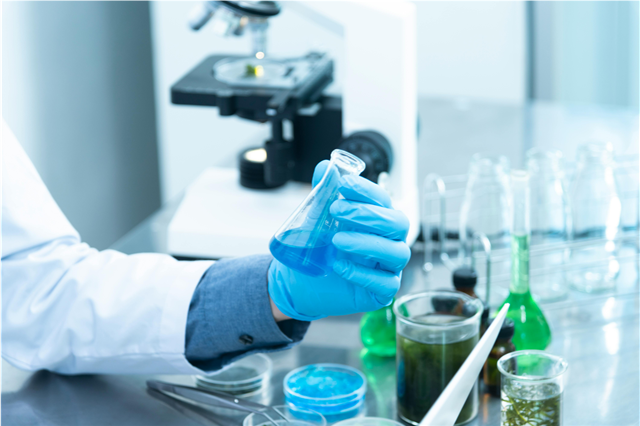
How is laboratory equipment applied in medical laboratory procedures?
Medical laboratory procedures form the backbone of modern healthcare, providing crucial diagnostic information that guides treatment decisions for billions of patients worldwide. But behind every blood test, culture analysis, and microscopic examination lies a sophisticated array of laboratory equipment that makes modern medicine possible. Here are 15 eye-opening facts about how laboratory equipment transforms medical diagnostics.
1. Automated Analyzers Process Over 300 Tests Per Hour
Modern chemistry analyzers in medical labs can process an astounding 300-500 samples per hour, with some high-throughput systems handling over 2,000 tests daily. This means a single machine can analyze more samples in one hour than a manual laboratory could process in an entire week just decades ago.
2. Digital Microscopes Can Identify Diseases in Seconds
Today's digital pathology systems use artificial intelligence to scan tissue samples and can identify cancerous cells with 95% accuracy in mere seconds. Traditional microscopy required pathologists to manually examine slides for hours, but modern equipment has reduced diagnosis time from days to minutes.
3. PCR Machines Can Multiply DNA Millions of Times
Polymerase Chain Reaction (PCR) thermal cyclers can amplify a single DNA strand millions of times in just 2-3 hours. This incredible capability allows laboratories to detect infectious diseases like COVID-19, HIV, and tuberculosis from tiny samples that would otherwise be impossible to analyze.
4. Flow Cytometers Analyze 10,000 Cells Per Second
These sophisticated instruments can examine and sort individual cells at rates of up to 10,000 cells per second while measuring multiple characteristics simultaneously. This technology revolutionizes blood cancer diagnosis and immune system analysis, providing detailed cellular profiles that were unimaginable just 30 years ago.
5. Mass Spectrometers Can Detect Substances at Parts Per Billion Levels
Modern mass spectrometers used in clinical laboratories can identify and quantify substances at concentrations as low as parts per billion (ppb). This sensitivity allows detection of drugs, hormones, and disease markers at incredibly minute levels, making early diagnosis possible.
6. Automated Blood Culture Systems Reduce Contamination by 90%
Advanced blood culture systems maintain sterile conditions while continuously monitoring for bacterial and fungal growth. These systems have reduced contamination rates from 5-10% to less than 1%, while also cutting detection time from days to hours.
7. Hematology Analyzers Count Billions of Cells in Minutes
Modern hematology analyzers can count, classify, and analyze over 25 different blood cell parameters from a single sample in under 2 minutes. These machines process approximately 80-100 samples per hour while maintaining accuracy rates exceeding 98%.
8. Immunoassay Analyzers Can Simultaneously Test 80+ Parameters
Multiplex immunoassay systems can run 80 or more different tests simultaneously from a single blood sample, providing comprehensive hormone, protein, and disease marker profiles. This efficiency reduces patient discomfort while maximizing diagnostic information.
9. Liquid Handling Robots Never Get Tired
Automated liquid handling systems can pipette with precision down to 0.1 microliters while processing thousands of samples without fatigue. These robots maintain consistent accuracy that human technicians can't match over extended periods, reducing errors by up to 70%.
10. Urine Analyzers Screen for 14+ Conditions Simultaneously
Dipstick readers and automated urinalysis systems can simultaneously screen for 14 or more conditions including diabetes, kidney disease, urinary tract infections, and liver problems from a single urine sample in under 2 minutes.
11. Blood Gas Analyzers Provide Results in 60 Seconds
Critical care blood gas analyzers deliver comprehensive respiratory and metabolic status reports in under 60 seconds, enabling rapid treatment decisions for emergency patients. These portable devices maintain laboratory accuracy while providing immediate bedside results.
12. Coagulation Analyzers Monitor Blood Clotting in Real-Time
Advanced coagulation testing equipment can monitor the entire blood clotting cascade in real-time, providing detailed information about clotting factors and helping physicians adjust anticoagulant therapy with unprecedented precision.
13. Microbiology Automation Reduces Manual Work by 80%
Automated microbiology systems can streak plates, identify colonies, perform antimicrobial susceptibility testing, and provide species identification with minimal human intervention. This automation reduces manual labor by 80% while improving consistency and reducing contamination risk.
14. Point-of-Care Devices Deliver Lab Results in 5 Minutes
Compact, handheld laboratory equipment can now perform complete blood counts, glucose monitoring, cardiac markers, and infectious disease testing at the patient's bedside in 2-5 minutes, revolutionizing emergency medicine and rural healthcare delivery.
15. Lab Information Systems Connect 50+ Instruments Seamlessly
Modern Laboratory Information Management Systems (LIMS) can integrate data from 50 or more different types of laboratory equipment, automatically compiling comprehensive patient reports while ensuring quality control and regulatory compliance.
The Future is Even More Incredible
The application of laboratory equipment in medical procedures continues evolving at breakneck speed. Emerging technologies like lab-on-a-chip devices, quantum sensors, and AI-powered diagnostic platforms promise to make today's impressive capabilities seem primitive within just a few years.
From saving lives through rapid infectious disease detection to enabling personalized medicine through comprehensive molecular profiling, laboratory equipment doesn't just support medical procedures—it makes modern healthcare possible. Each piece of equipment represents thousands of hours of engineering, scientific research, and medical expertise that ultimately translates into better patient outcomes and longer, healthier lives for millions of people worldwide.
The next time you receive a medical test result, remember that sophisticated laboratory equipment worked tirelessly behind the scenes to provide your healthcare provider with the crucial information needed to keep you healthy.
Meta Description: Discover 15 fascinating facts about how laboratory equipment revolutionizes medical procedures. From PCR machines to automated analyzers, learn how modern lab technology saves lives and transforms healthcare diagnostics.
Keywords: medical laboratory equipment, laboratory procedures, diagnostic equipment, medical technology, lab automation, clinical diagnostics, medical instruments, healthcare technology, laboratory analysis, diagnostic testing


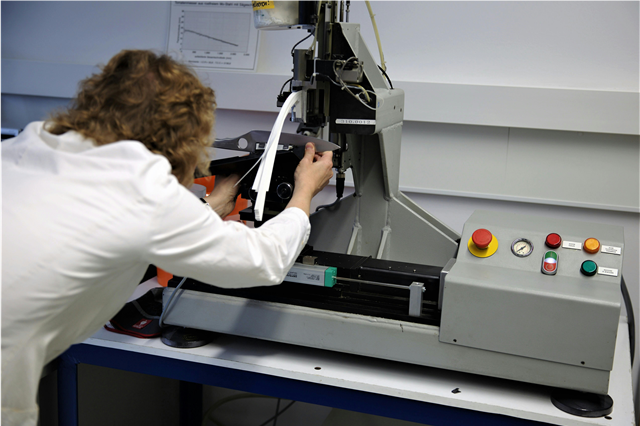
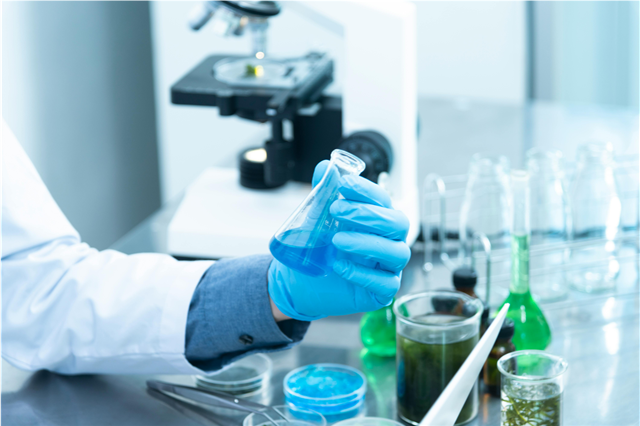
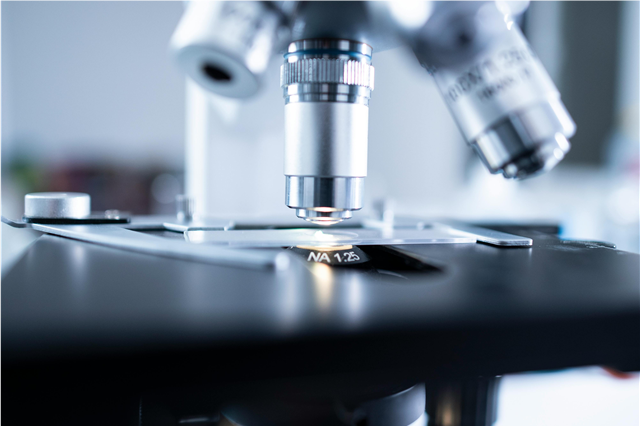
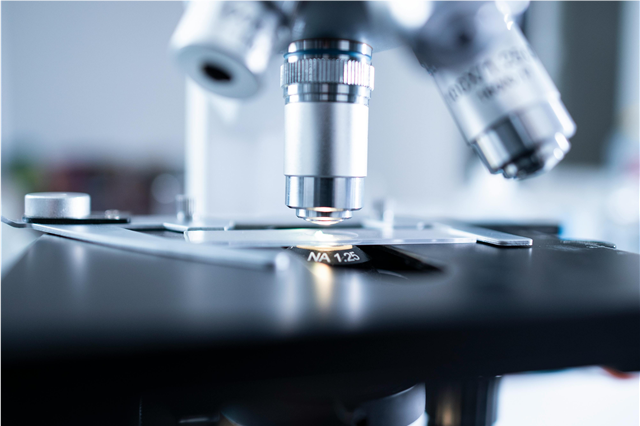
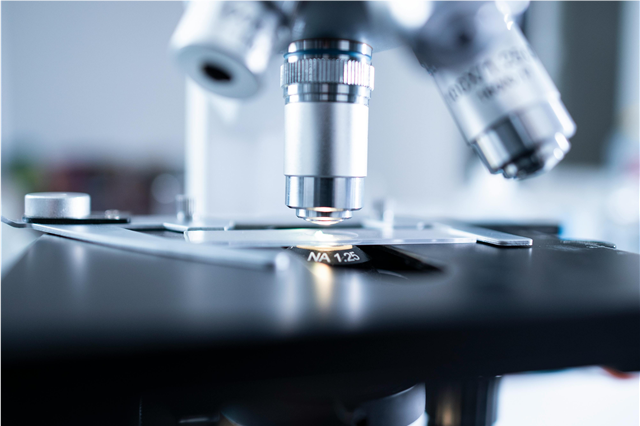
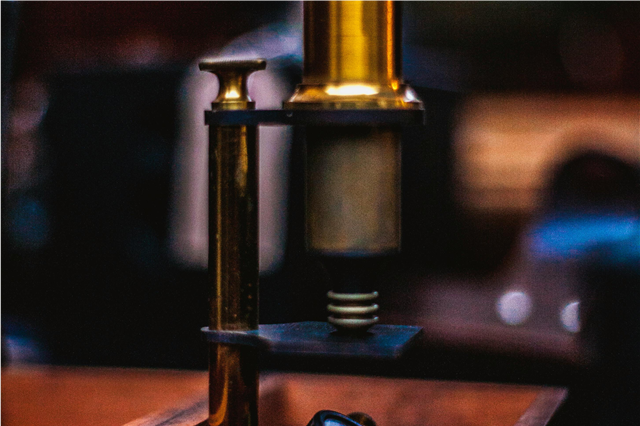
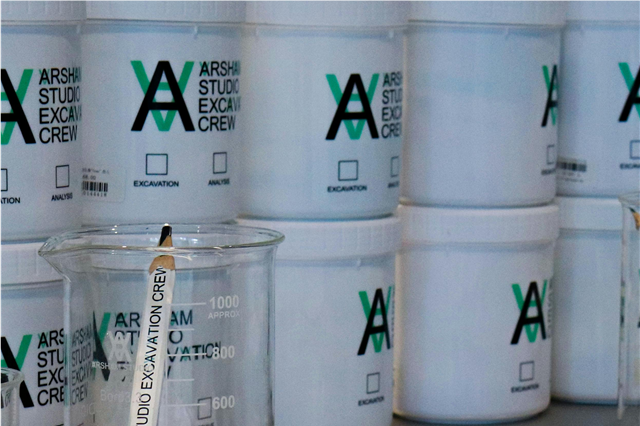







Post Comment